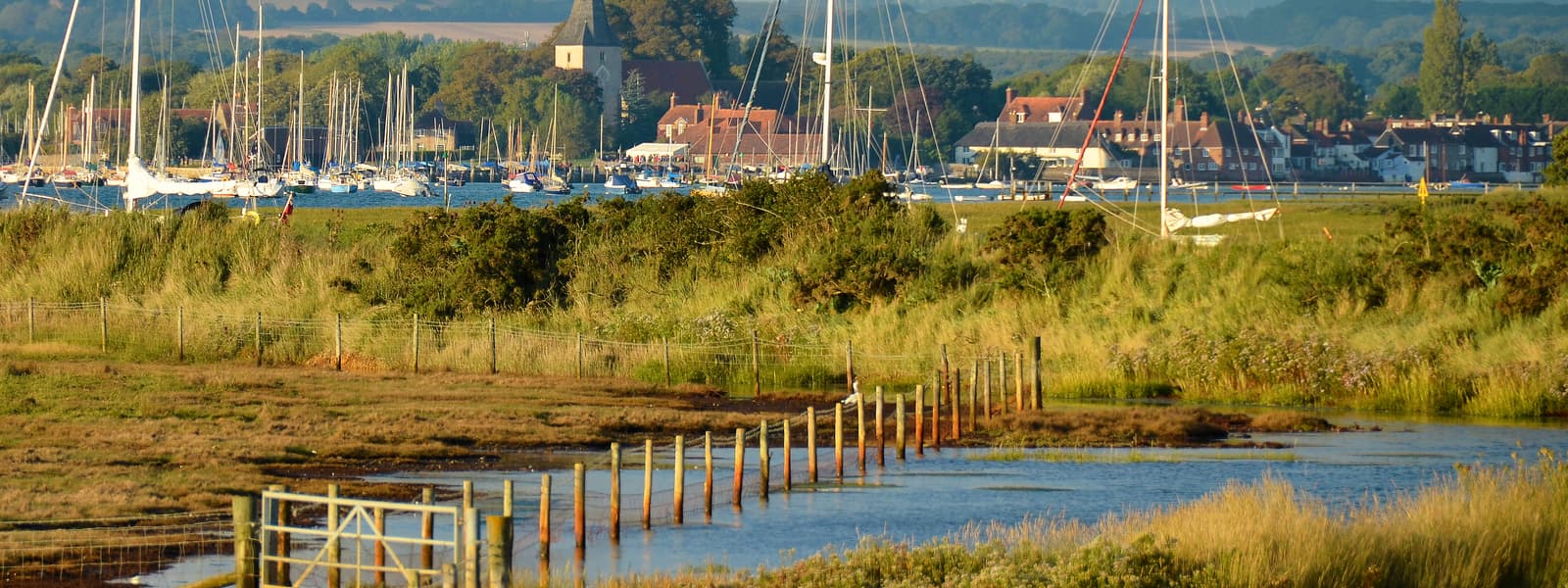Chichester Harbour National Landscape
Designated in 1964, Chichester Harbour National Landscape is the largest natural harbour in southeast England and the largest recreational boating harbour in Europe, in terms of number of moorings. Yet at 29 square miles, of which 41% is submerged at hightide, it is also the second smallest mainland National Landscape in England.







